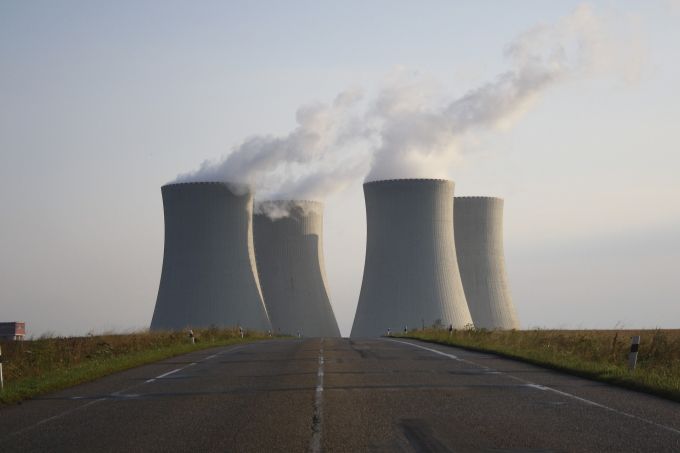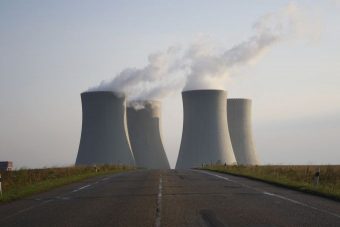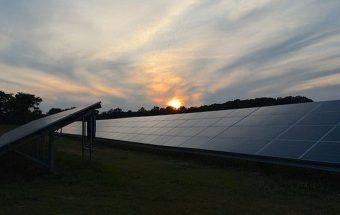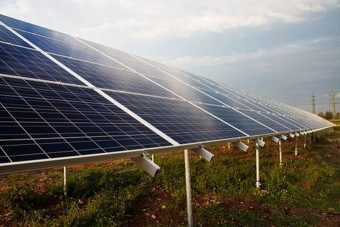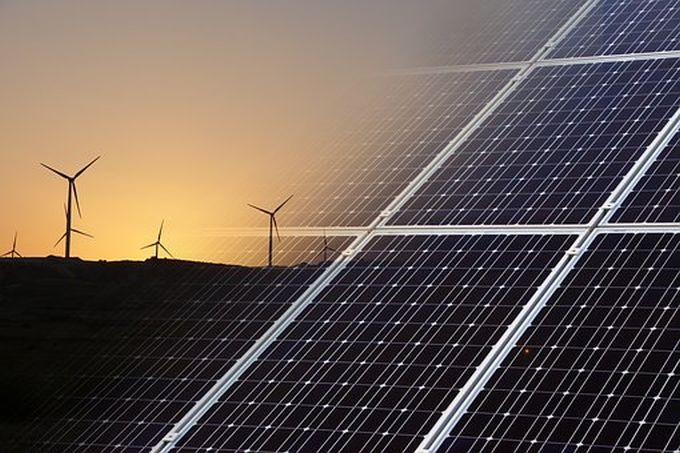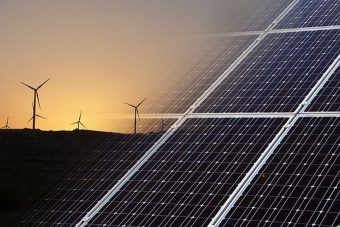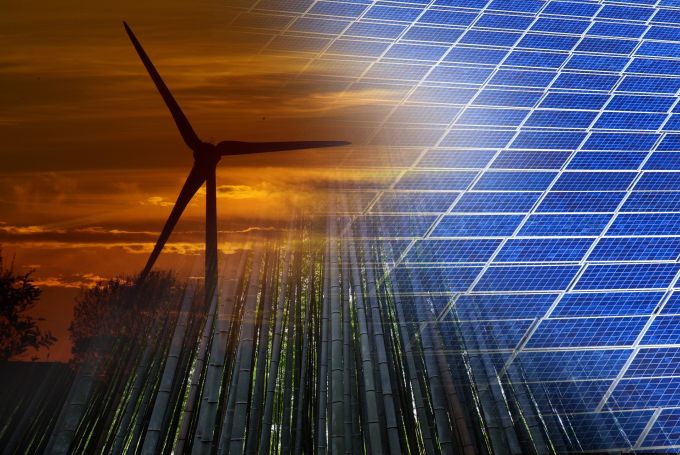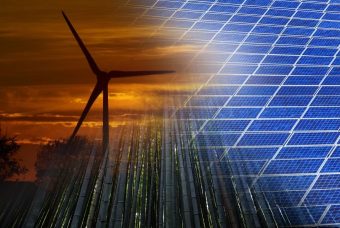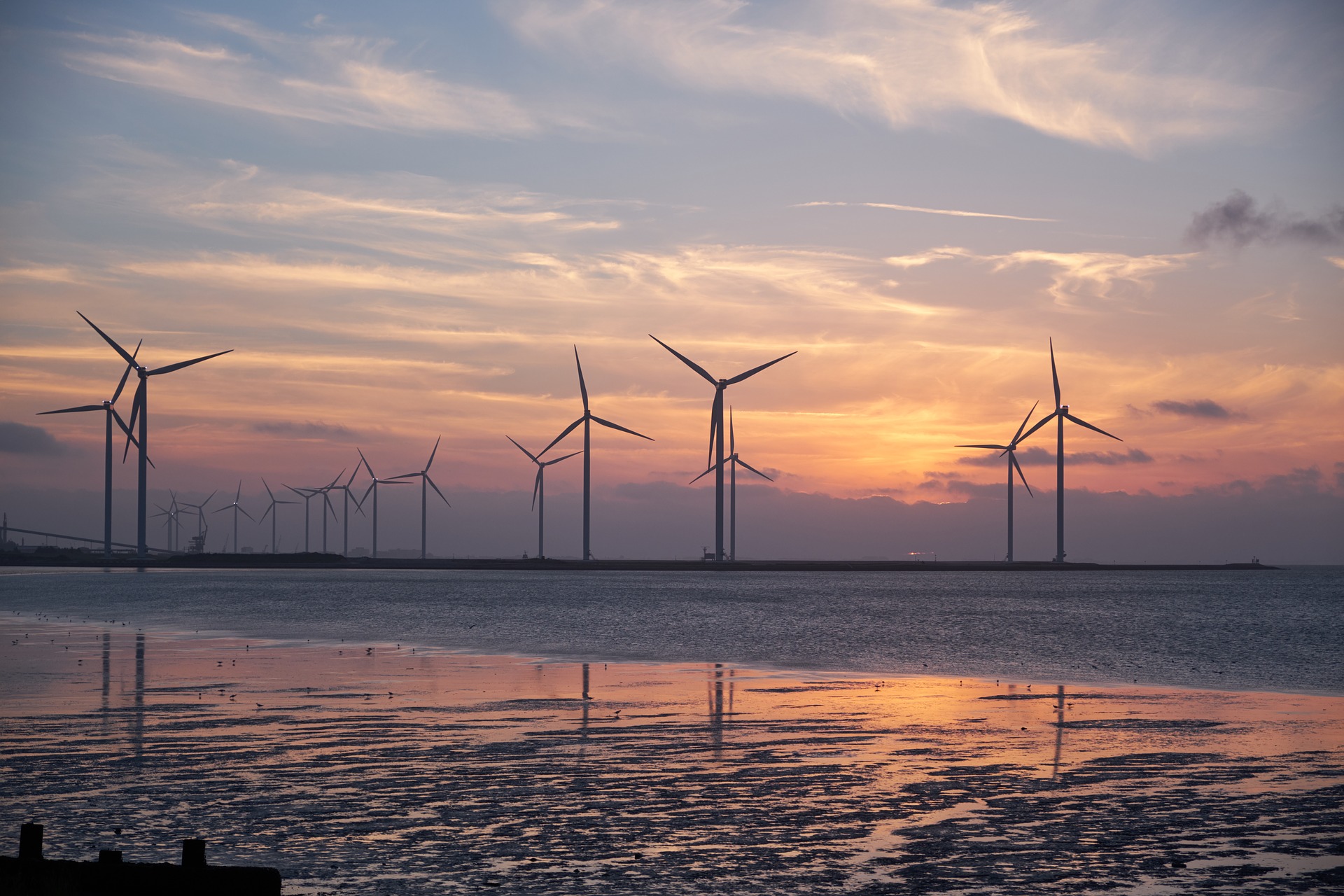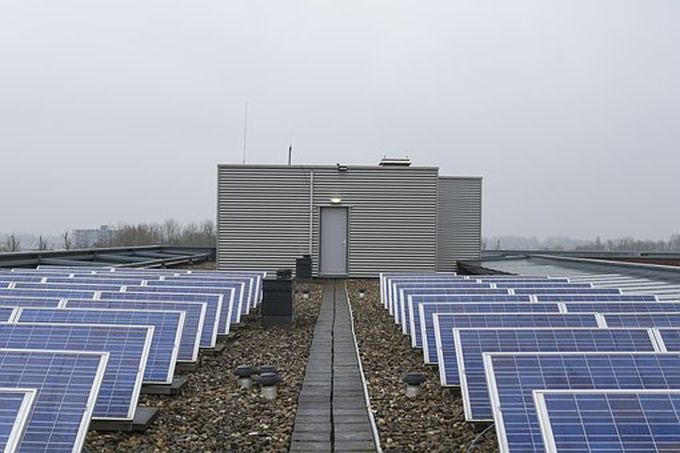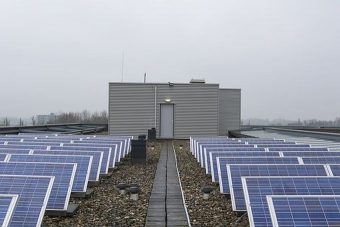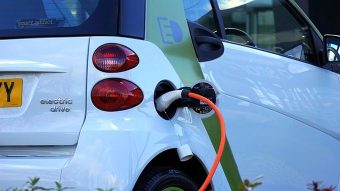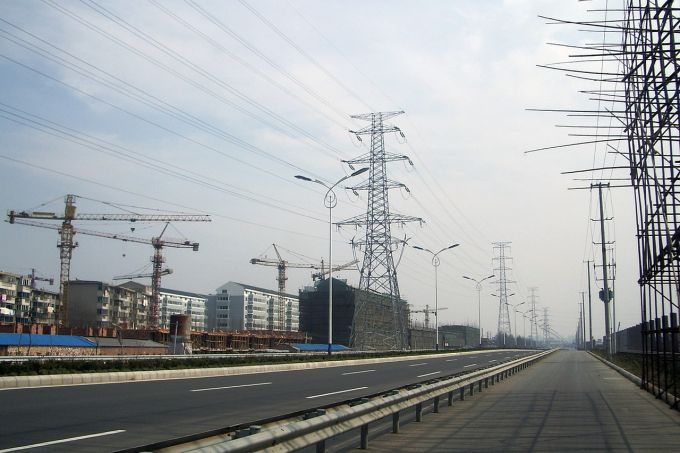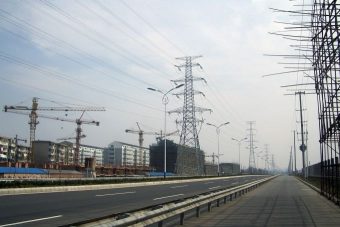
Tesco shoppers will soon only be able to buy 10p ‘Bags for Life’ in stores, after the retailer announced plans to stop offering single-use 5p plastic carrier bags in a bid to further reduce plastic waste.
From August 28th, 5p plastic bags will no longer be available in Tesco stores, while proceeds from its new 10p ‘Bag for Life’ – which is made from 94 per cent recycled plastic and is replaceable for free if damaged – will go towards funding community projects across the UK.
Tesco also plans to stop offering single-use wine bottle carriers in stores and to lower the price of its ‘Carry me bottle bags’ from £1 to 40p each.
Yesterday’s announcement follows a 10-week trial at Tesco stores in Aberdeen, Dundee, and Norwich, where customers bought 25 per cent fewer bags after 5p plastic bags were ditched in favour of Bags for Life, according to the retailer.
Tesco said it had given out 1.5 billion fewer single-use bags since the introduction of the 5p carrier bag levy in England in autumn 2015, but it still sells 700 million of the bags to customers each year.
It said removing single use carrier bags would “significantly reduce” the number of bags sold in order and help reduce litter and the number of bags sent to landfill.
However, online Tesco customers will still be able to opt for single-use carrier bags for their shopping, although they can also select a ‘bagless’ delivery option, which it said 57 per cent of its online customers are already doing.
Matt Davies, UK and Republic of Ireland CEO at Tesco, said ending sales of 5p plastic bags was “the right thing to do for the environment and for local communities”.
“The number of bags being bought by our customers has already reduced dramatically,” Davies said in a statement, adding that the move will “help our customers use even fewer bags but ensure that those sold in our stores continue to fund thousands of community projects across the country chosen by customers”.
The government’s latest single-use plastic bag figures released last month show seven major UK retailers issued around six billion fewer bags during 2016/17 compared to the 2014 calendar year when the bags were still given out to customers for free.
Defra waste and resources minister Thérèse Coffey gave her backing to Tesco’s move.
“Since we introduced the 5p charge in 2015, the number of single-use plastic bags taken home has plummeted by 83 per cent,” she said. “I welcome Tesco wanting to go further and help their customers use even fewer plastic bags. The switch to a Bag for Life will continue to help reduce litter and boost recycling – helping to leave the environment in a better state than we found it.”
Source: businessgreen.com



